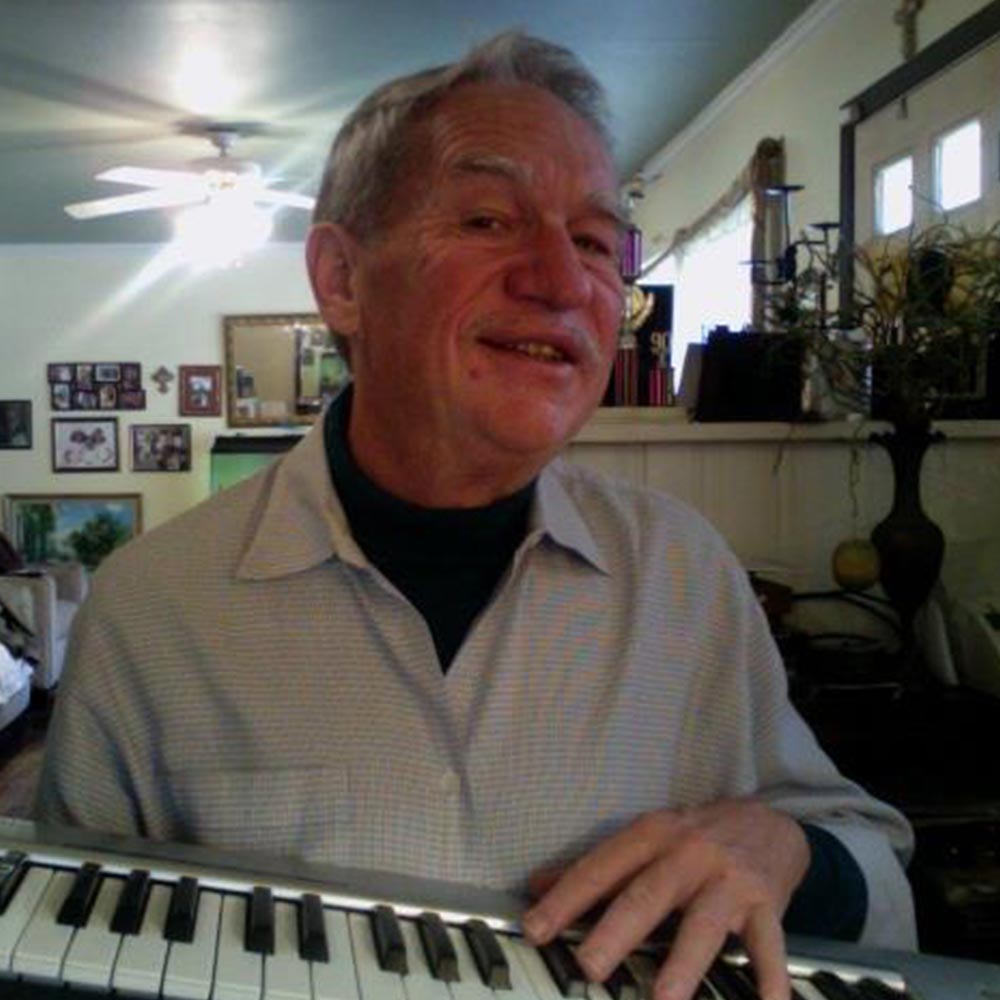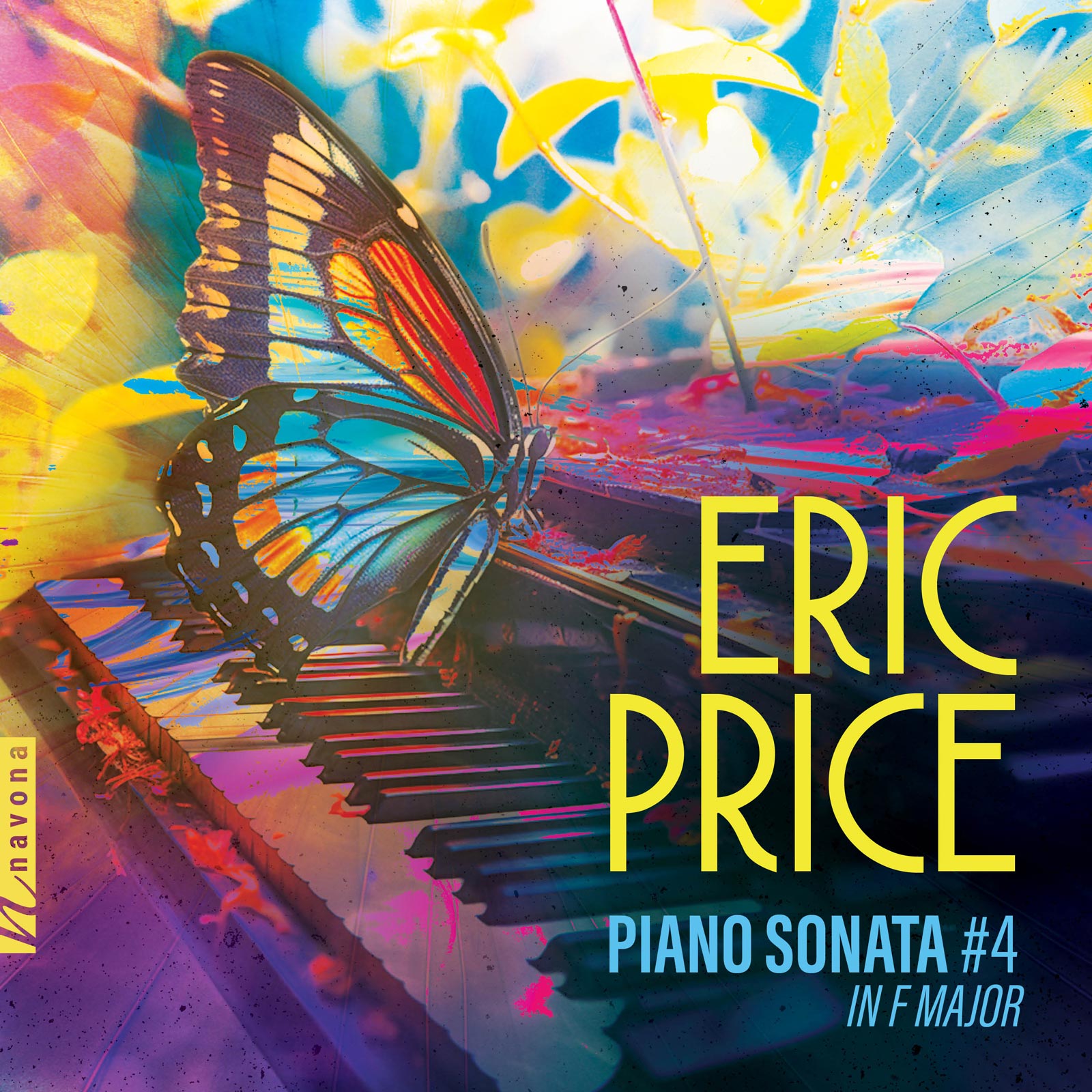
Performed by the critically-acclaimed pianist Anna Kislitsyna, composer Eric Price’s PIANO SONATA #4 stays true to the long standing traditions of the form, amplified with Price’s unique cascading lines that resolve in savory moments of authentic beauty. From highly technical displays of pianistic and compositional prowess to triumphant passages and more, Piano Sonata #4 offers an enticing look at Price’s musical footprint and Kislitsyna’s stunning interpretation.
Today, Eric is our featured artist in “The Inside Story,” a blog series exploring the inner workings and personalities of our composers and performers. Read on to learn how he developed his own compositional style sourcing inspiration from the likes of Beethoven, Chopin, and more…
What emotions do you hope listeners will experience after hearing your work?
My choice of writing piano sonatas was based on Beethoven, seeing how much emotion he can bring out with the mastery of composing for just one instrument, the piano. It seemed a good place for me to start, because I felt I had the ability to elicit strong emotions with my music, and by composing piano sonatas (of which I have now written five) I could elicit strong emotions almost immediately, with somewhat less training than I would need later on when I learned to compose for a complete orchestra.
What advice would you give your younger self if given a chance?
Get busy! Don’t doubt your ability. You can do great things!
What were your first musical experiences?
I was not raised in a family that loved classical music. I took clarinet lessons in elementary school, but not having been exposed to classical music, my great love, I was not terribly enthusiastic. It was not until I got to Haverford College, and had a roommate who had a huge classical collection, that I was introduced to classical. The first time I heard Beethoven’s nine symphonies, my first introduction to classical, I knew I wanted to compose. Strangely enough, though, I wanted to compose like Beethoven, not like contemporary composers. I kept asking my roommate: “Why do people living in a certain time all feel they have to adapt a similar style;” i.e., the style that happens to be in vogue? He said he didn’t know.
Ironically, if my parents hadn’t made me take those clarinet lessons that I disliked so, I wouldn’t have even known how to read music!
What musical mentor had the greatest impact on your artistic journey? Is there any wisdom they’ve imparted onto you that still resonates today?
My teacher’s name was Don Rappaport. He taught at Settlement Music School in Philadelphia PA. I think I was very lucky to find him, because not very many people could have given me the kind of training I needed to do what I do today. He taught me that I must learn my craft. He felt that too many modern composers don’t. So I listened.
What have been your biggest inspirations on your musical journey?
I am probably most influenced by 19th Century Romantics, such as Beethoven and Chopin, although I have tried to include modern influences in my writing as well. Some of my earlier sonatas sound like Prokofiev, or other more modern composers. I would also like to have included more American influences in my compositions. My ideal style would be a hybrid of those three influences, although I sometimes feel I have been unable to reach that level of maturity in my composing.
If you weren’t a musician, what would you be doing?
My other passion has always been Neuroscience. I love the study of the brain, and want to understand how it controls human behavior.

Eric Marshall Price was born November 8, 1944 in Philadelphia PA. He was raised in Abington PA, and graduated from Abington High School in June, 1962. Not exposed to classical music during his childhood and adolescent years, Price’s desire to compose did not begin until his early college years, when a roommate with a massive classical record collection introduced him to classical music. Also interested in a career in Psychology and Medicine, Price pursued classical composition as a side gig. He studied under Donald Rappoport at Settlement Music School in Philadelphia for a number of years. Price’s first major classical piece, which he called his Student Sonata, (Piano Sonata #1 in A minor) came around his 36th birthday.

